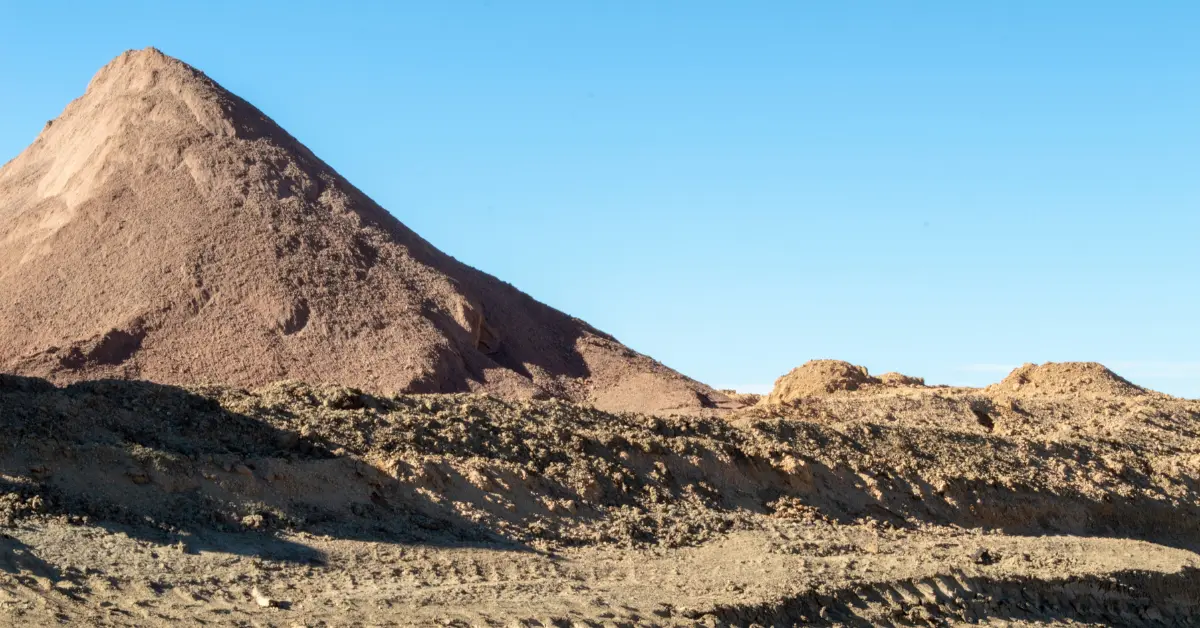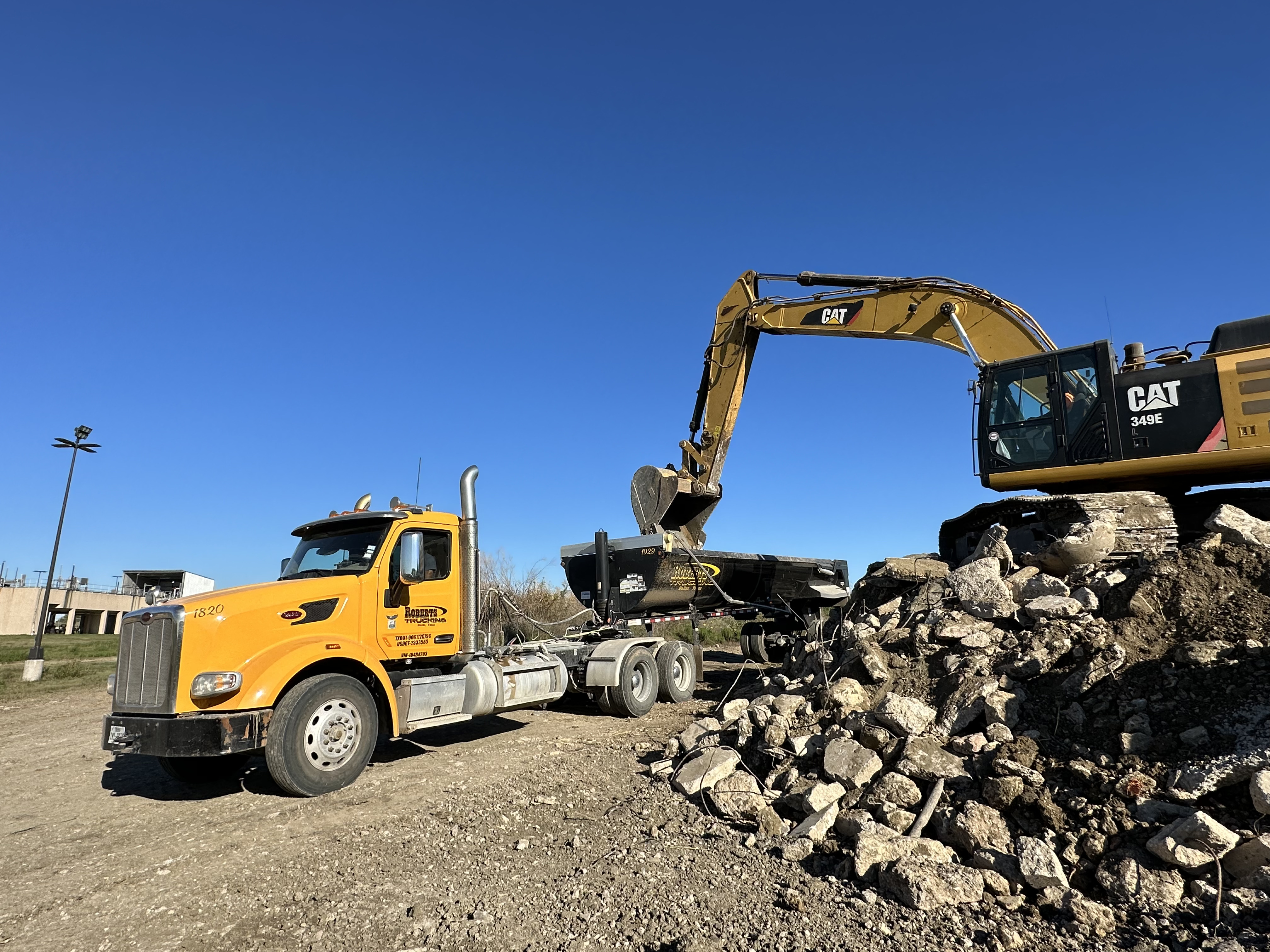
If you’ve tried sourcing fill dirt or aggregates this year, you’ve probably felt it — prices are moving, availability is shifting, and regional demand is playing a bigger role than ever. Whether you’re a contractor, hauler, or material supplier, staying ahead of these dirt trends is key to keeping your projects on track and on budget.
At Soil Connect, we see thousands of material listings and transactions across the country. Here’s what we’re noticing in 2025 when it comes to dirt pricing, availability, and what that means for your jobs.
Prices Are Rising — But Not Everywhere
We’ve seen an average 6–10% increase in fill dirt pricing in high-growth metro areas since late 2024. Areas like Dallas-Fort Worth, Atlanta, and parts of Florida are seeing sharp upward trends driven by infrastructure investments, residential builds, and tighter trucking regulations.
That said, local supply pockets in the Midwest and Mountain West are keeping prices stable — or even lower — in regions where new development has slowed or material stockpiles have grown.
Key insight: Local market dynamics now matter more than national averages. Don’t assume pricing trends apply across the board — check what's happening in your specific zip code.
Construction Demand Is Driving Regional Shortages
With public infrastructure and private development still booming in many areas, certain types of material are in shorter supply than they were a year ago. Select fill, structural fill, and clean topsoil are in especially high demand in:
- Southeast and Gulf Coast (flood mitigation and roadwork)
- Southwest (solar site grading and utility projects)
- Northeast suburbs (residential backfill and sitework)
Meanwhile, recycled fill and general common fill remain more available nationwide — often at a much lower cost. The key is matching material types to the right jobs, not just taking whatever is cheapest.
Hauling Availability is a Hidden Bottleneck
In 2025, it’s not just about who has dirt — it’s about who can move it. The driver shortage and fuel costs are still impacting hauling timelines, especially for jobs outside of core urban zones.
We've heard from contractors who can find dirt but can't get it delivered on time — or who are forced to take material from farther away at a higher cost because local haulers are fully booked.
Tip: Contractors are having the most success by locking in hauling capacity early or working with platforms (like ours) that let them source both material and haulers in one step.
Sustainable Fill Is On the Rise
Another trend to watch: an increasing demand for sustainable and recycled fill materials. Whether it’s for LEED projects, ESG compliance, or simply budget reasons, contractors are looking to repurpose screened fill and excess spoils from nearby jobs.
We’ve seen a rise in “dirt swaps” — where one site’s excess becomes another site’s base layer. It’s a win-win: cheaper for the buyer, cleaner for the seller, and better for the environment.
What This Means for You
If you're managing earthwork in 2025, here's what you need to know:
- Check local availability first — don’t assume regional trends apply to your jobsite
- Plan for hauling as early as you plan for material
- Use digital tools to compare pricing and find nearby suppliers
- Look for ways to recycle or reuse fill for cost and sustainability wins
The Bottom Line
Fill dirt is no longer a back-of-the-napkin line item — it’s a material cost that can make or break your timeline and budget. In 2025, contractors who stay informed and flexible are the ones keeping projects moving.
Want to see current pricing and availability in your area?
Check the Soil Connect Marketplace today. Sign up today and start moving dirt smarter

.svg)





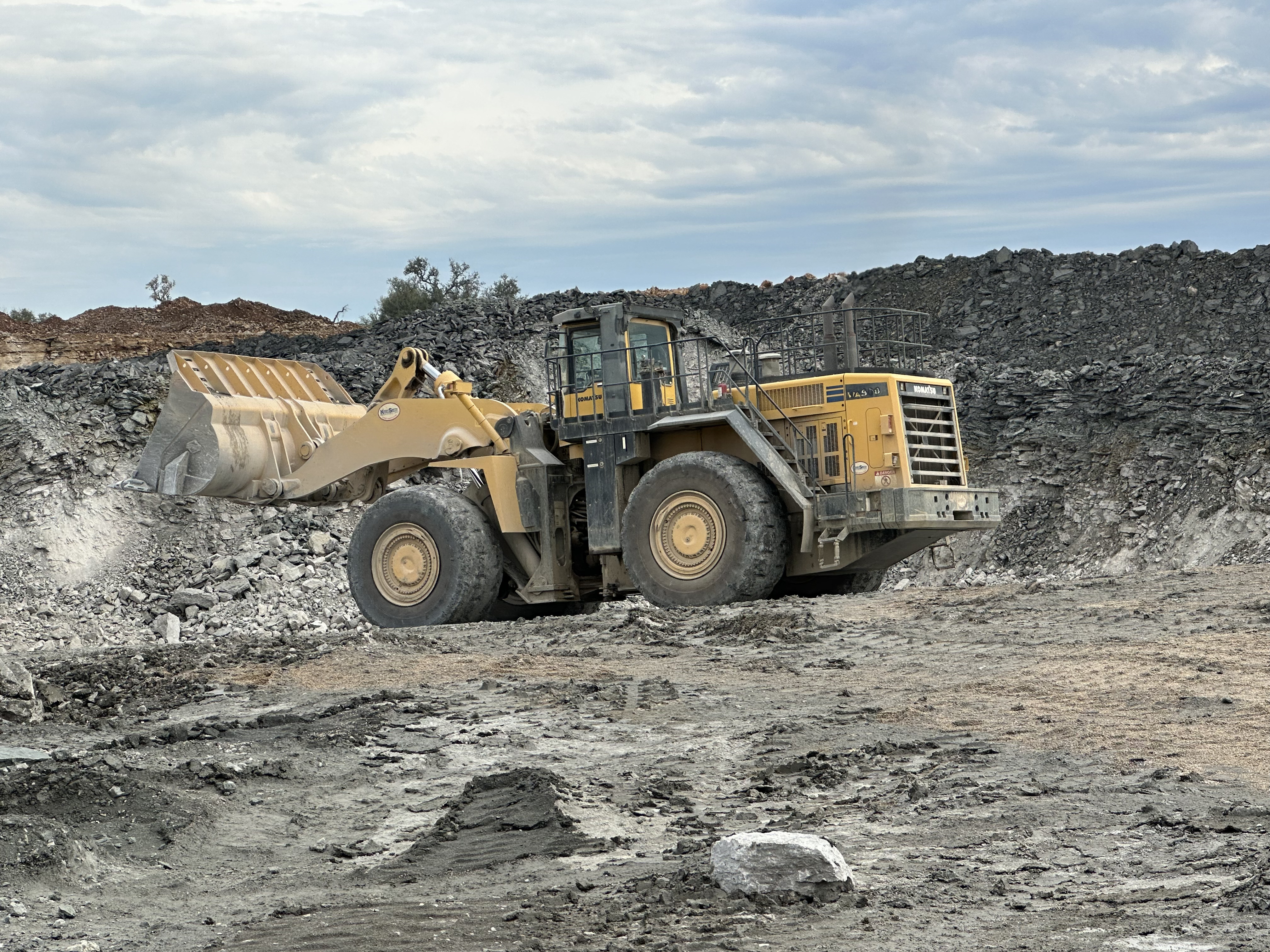




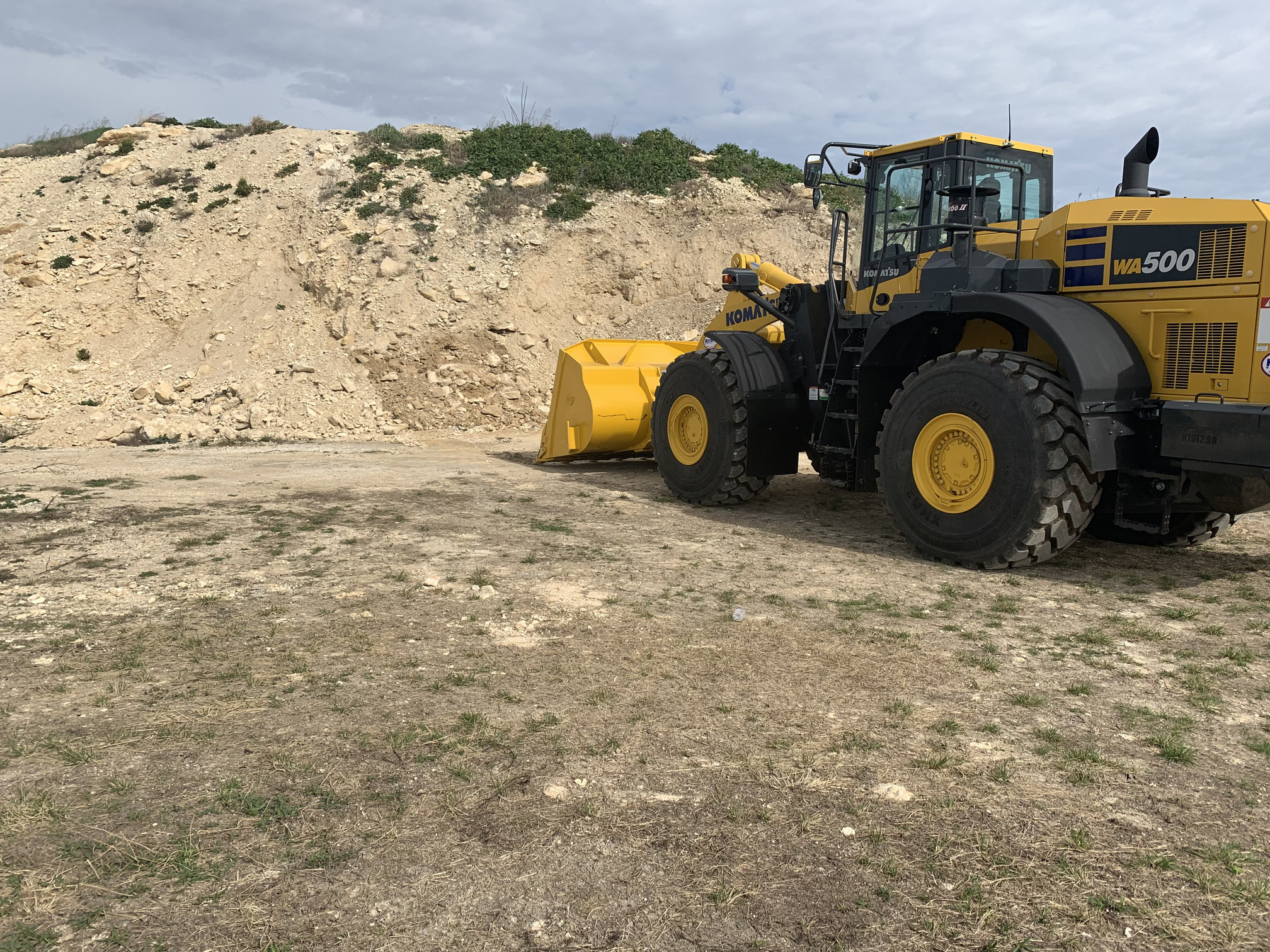
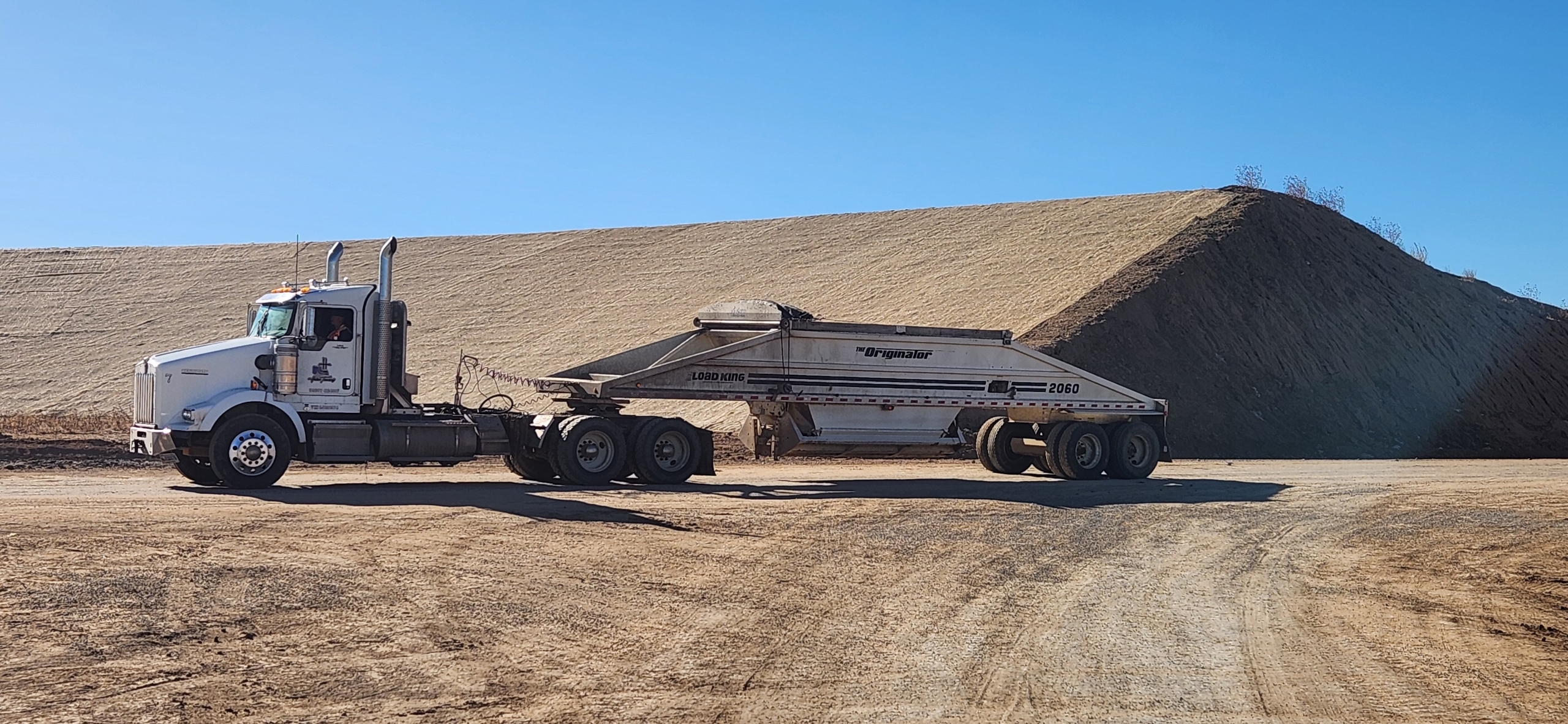
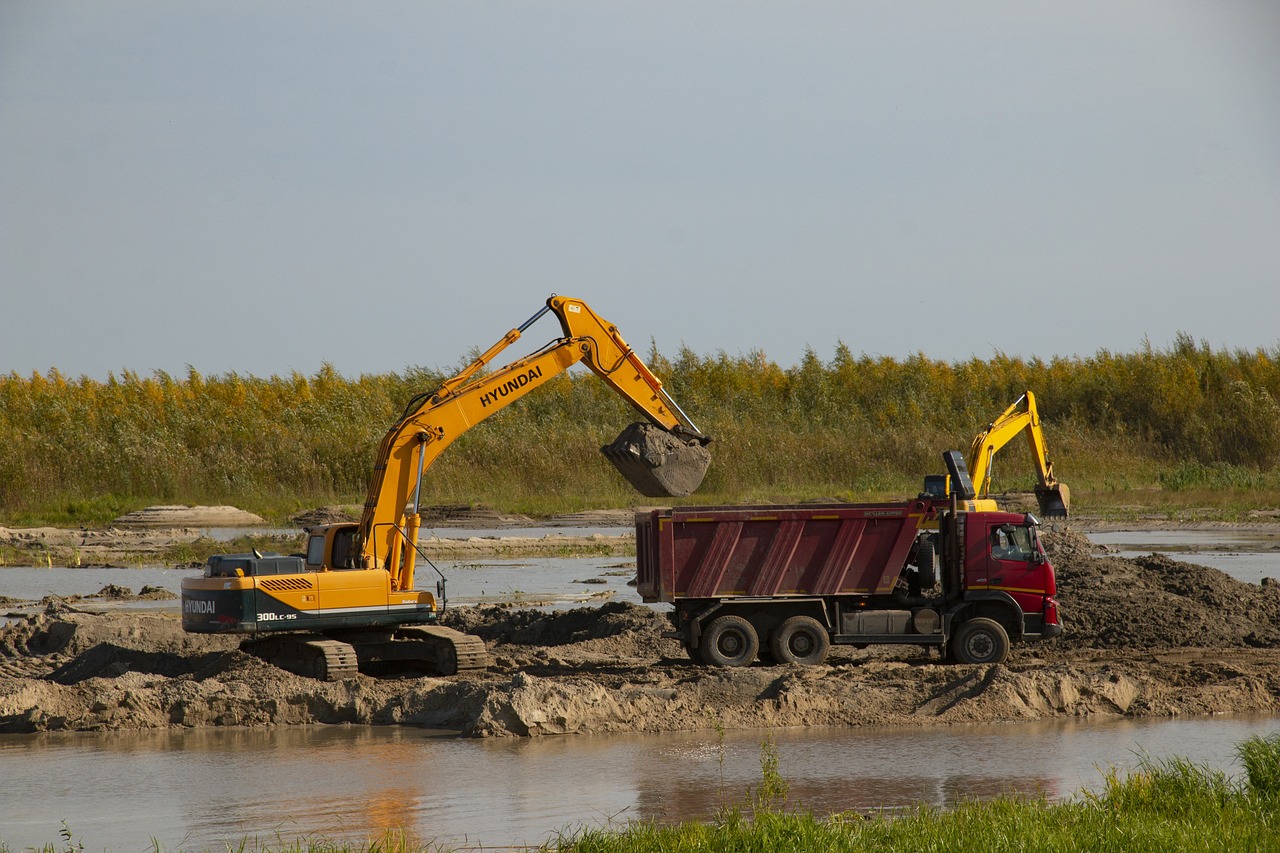

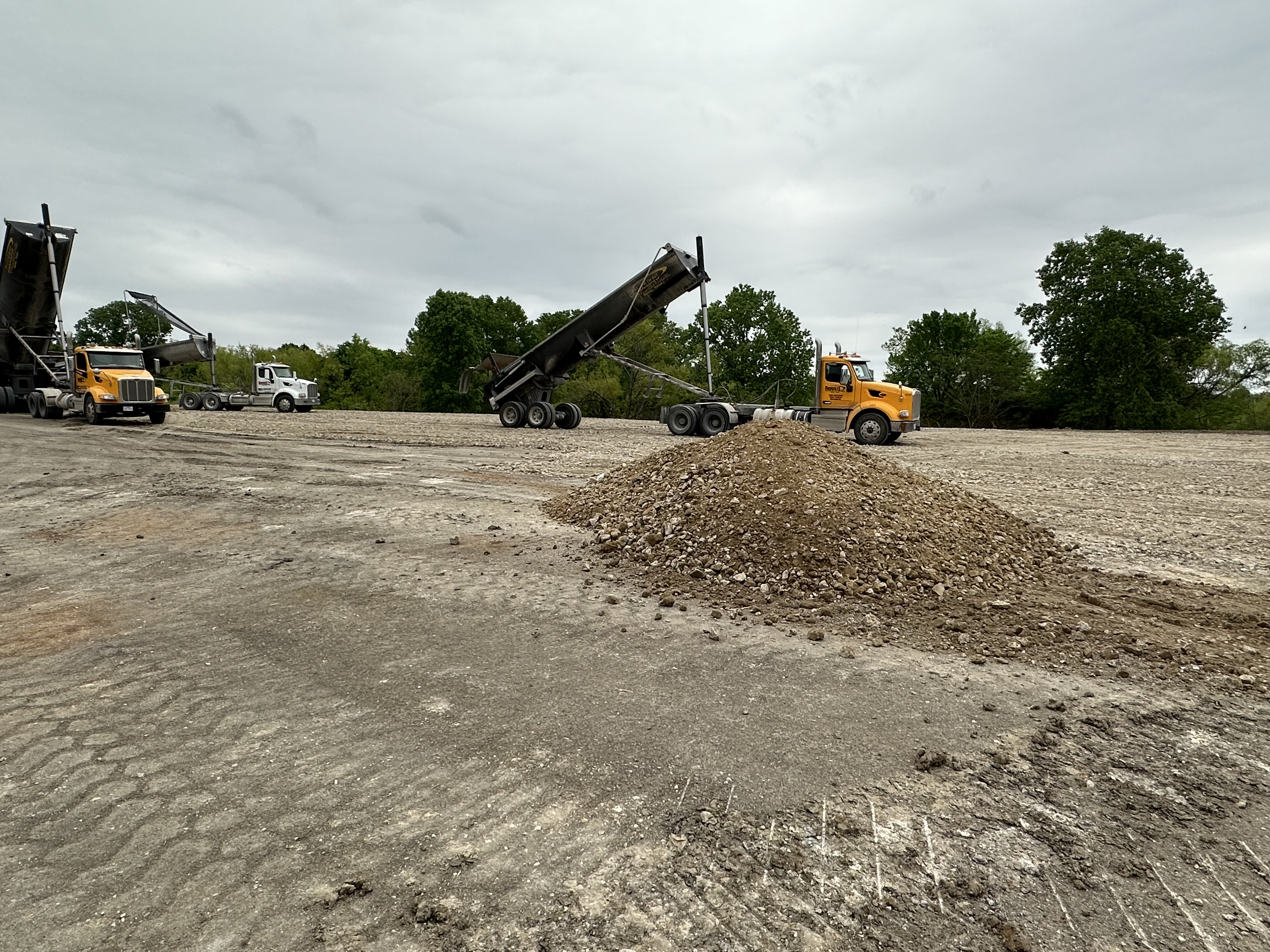

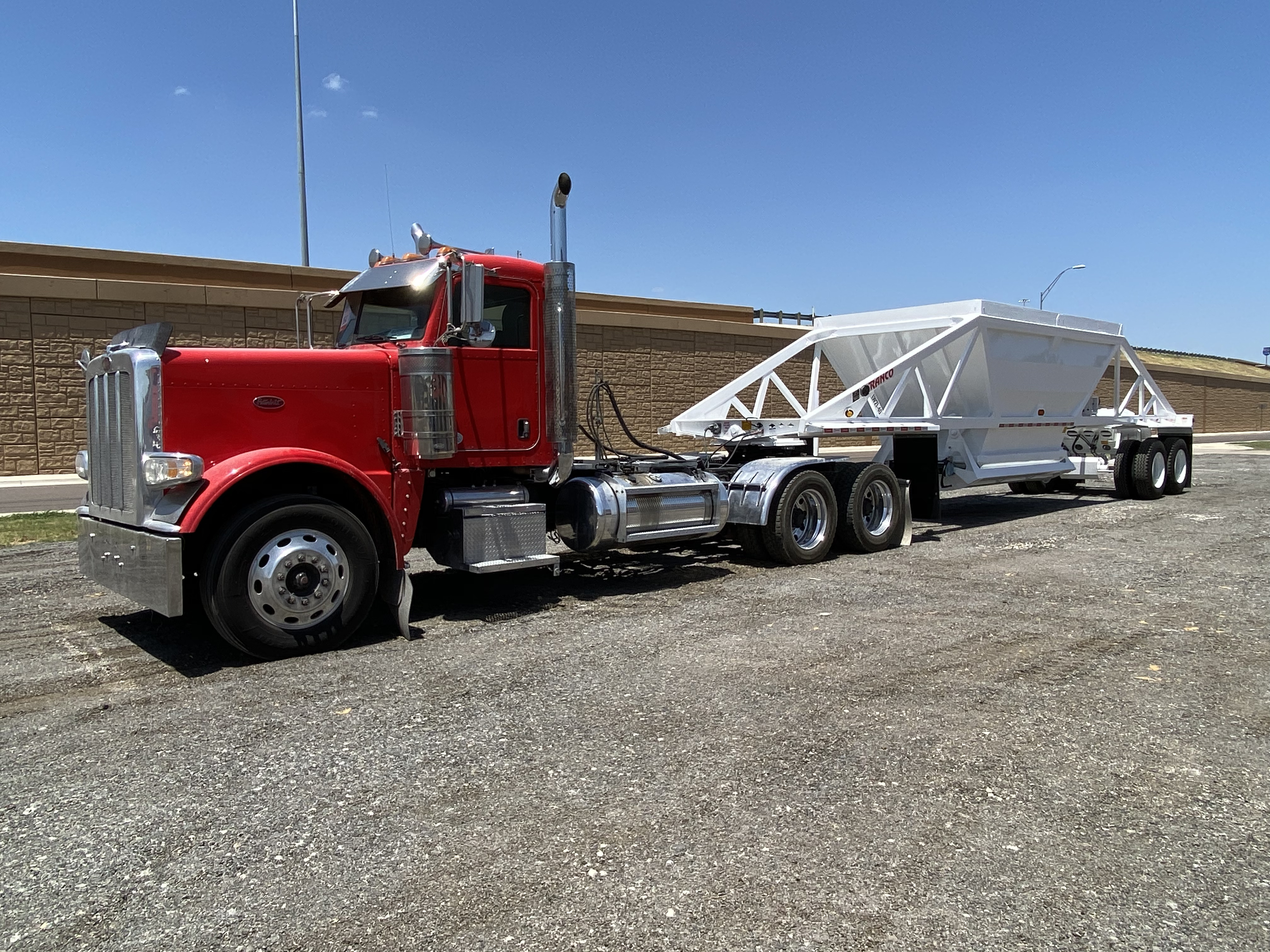
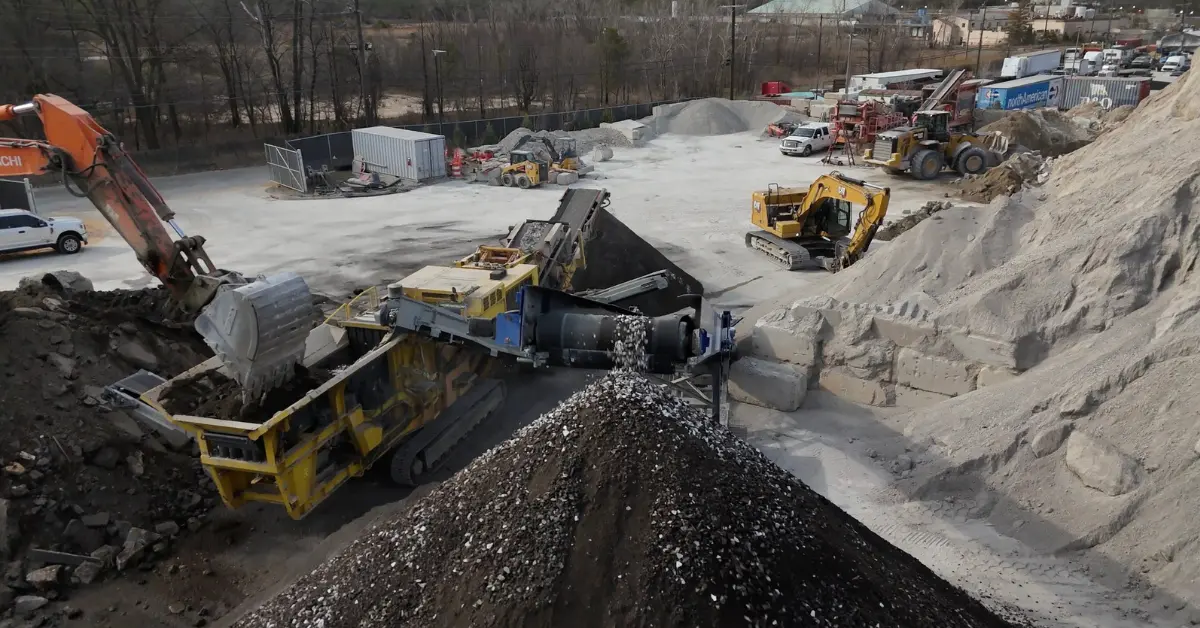
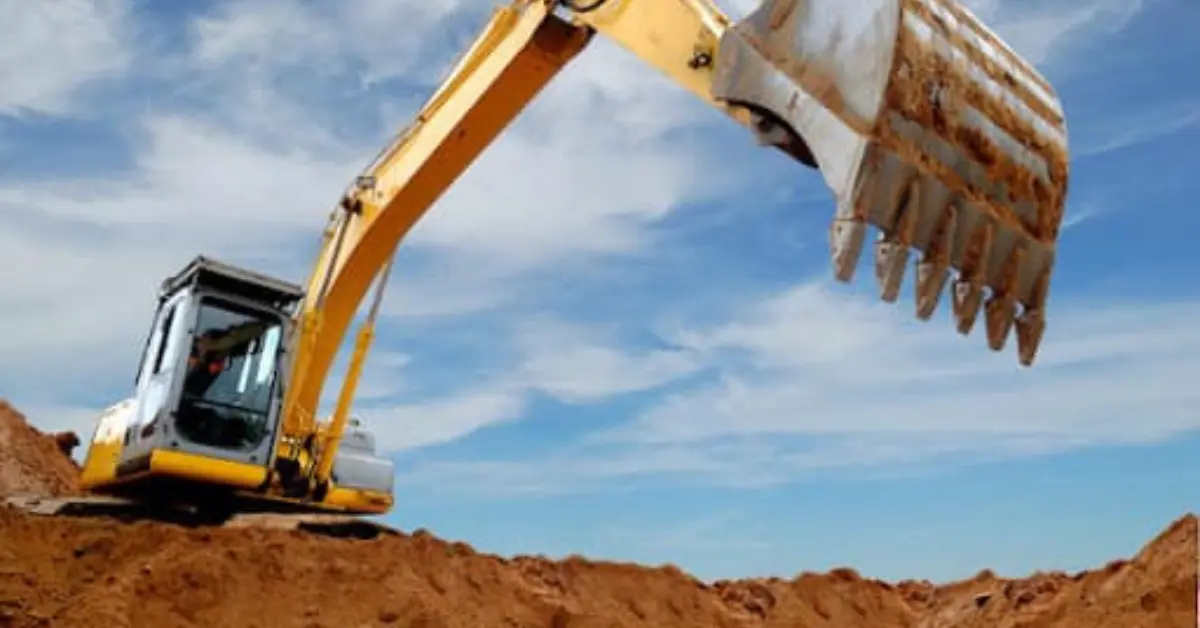
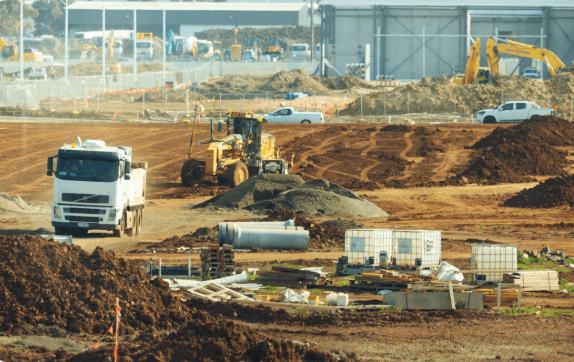

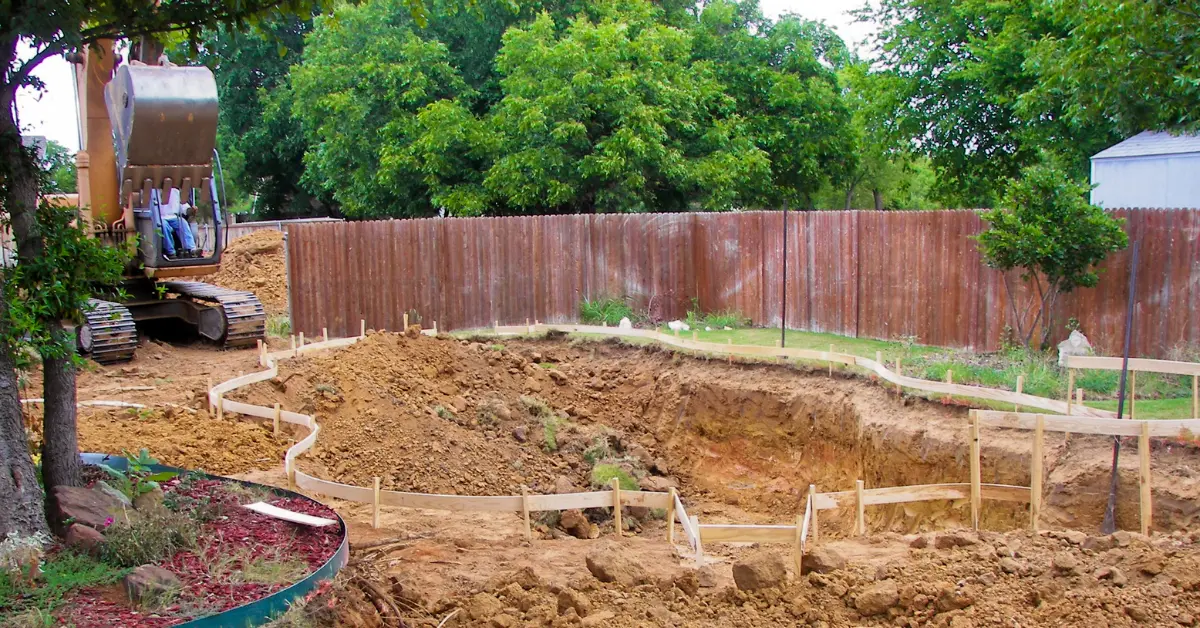
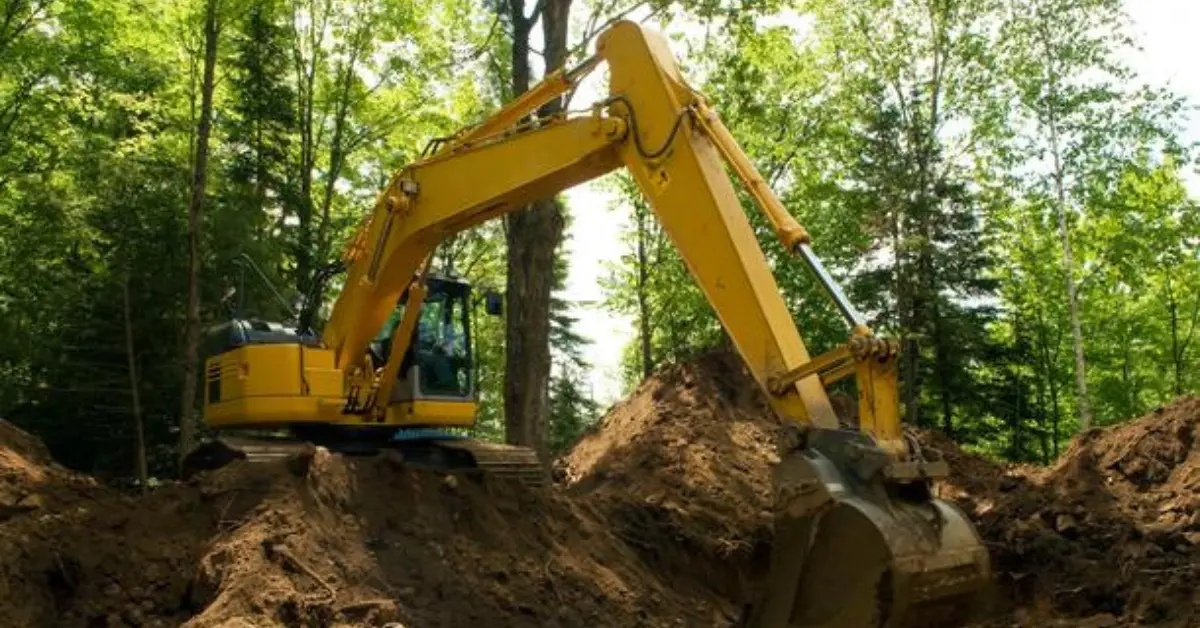
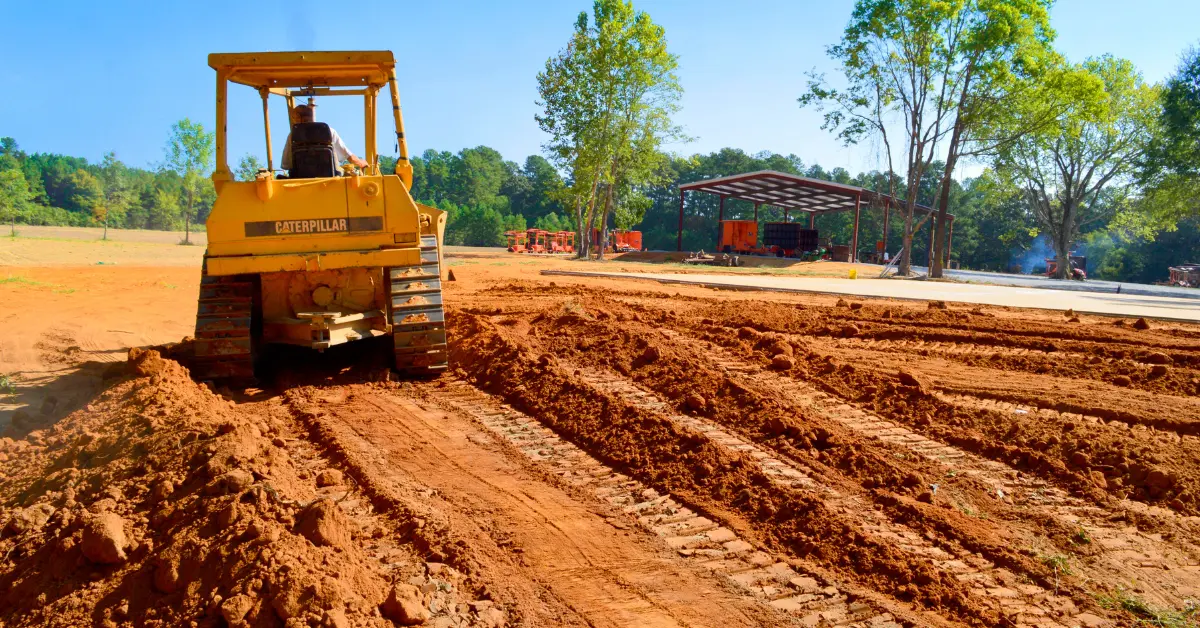
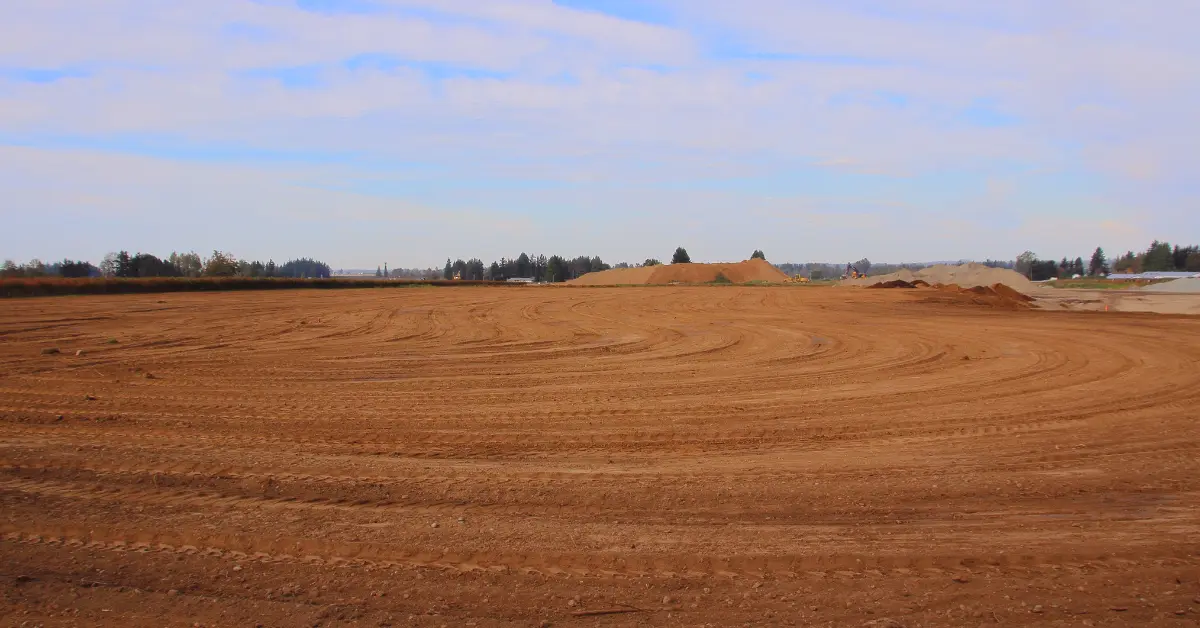



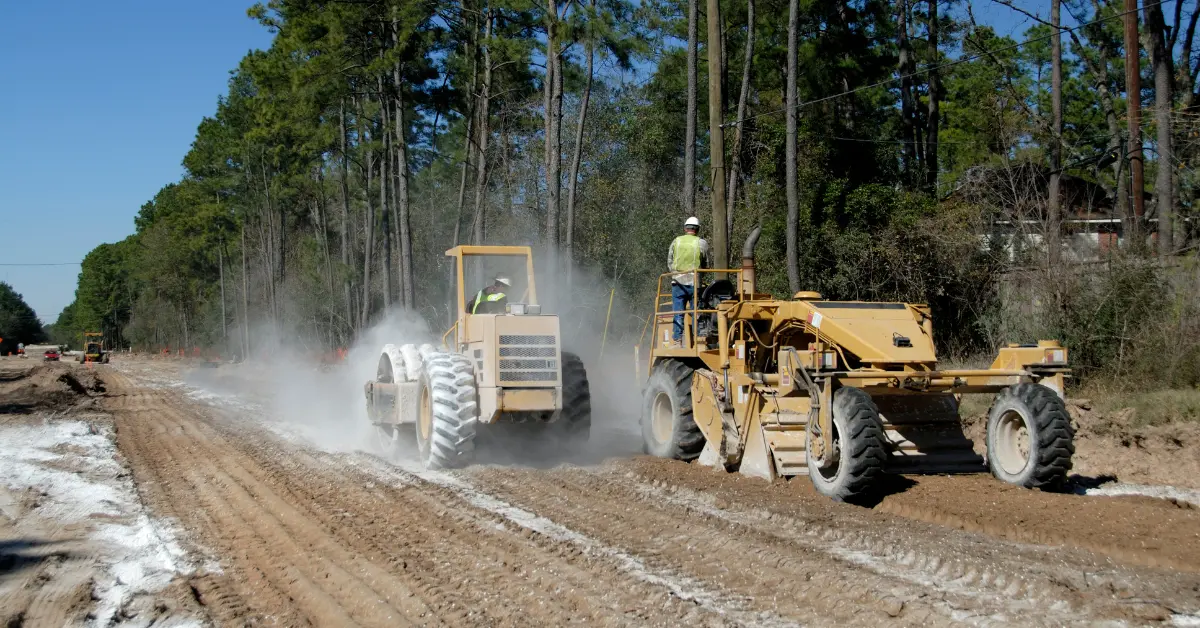




.jpg)

